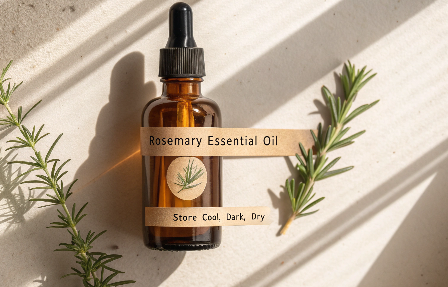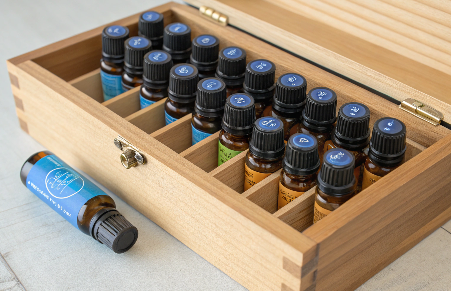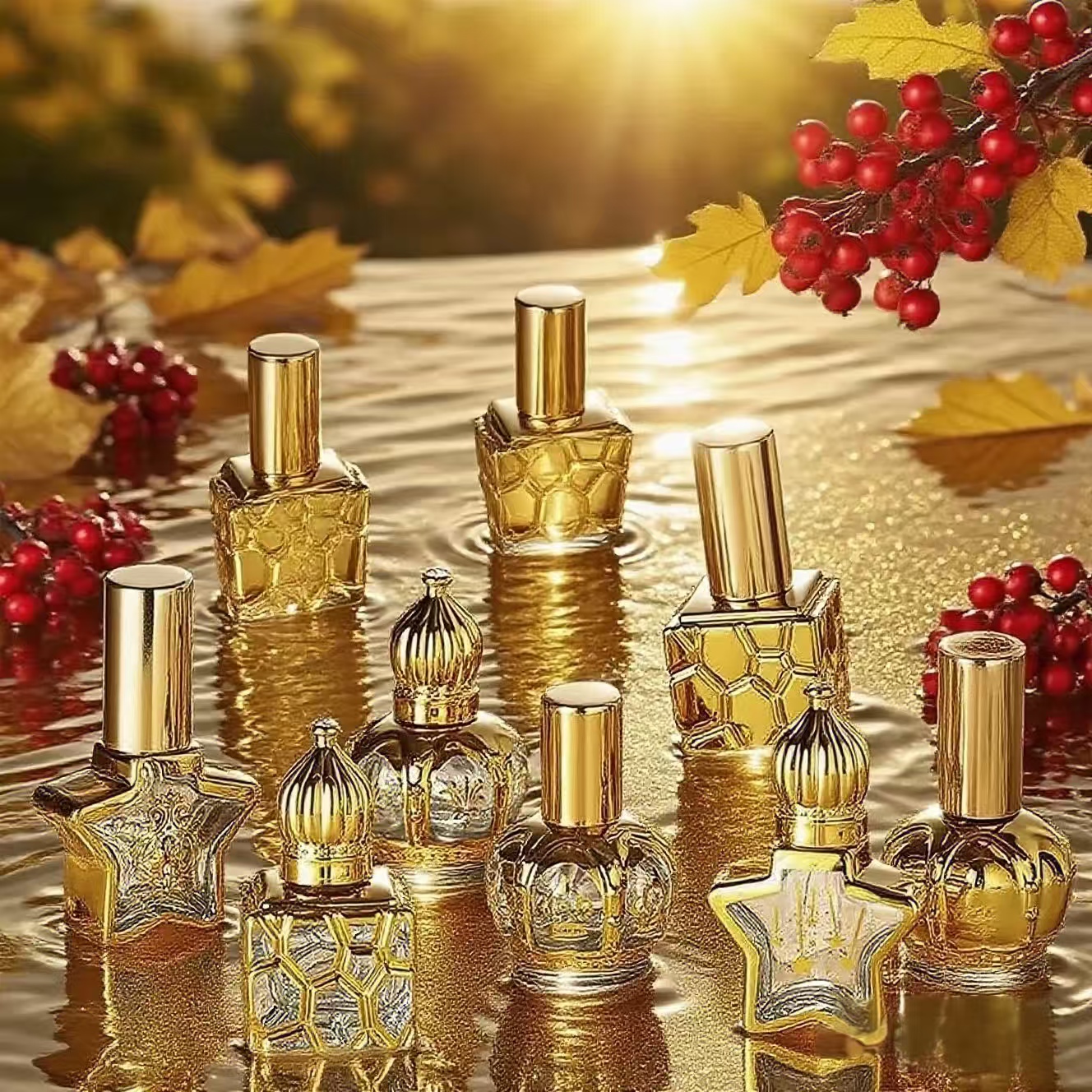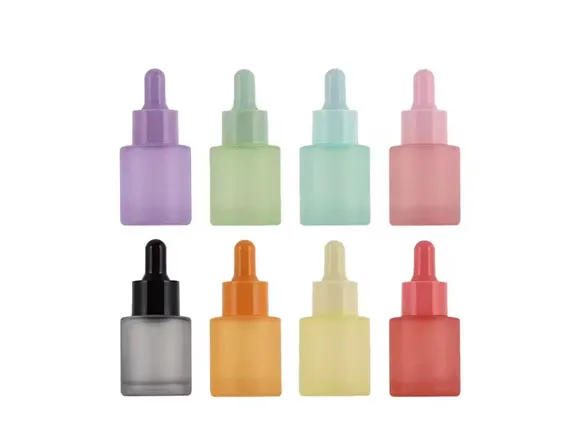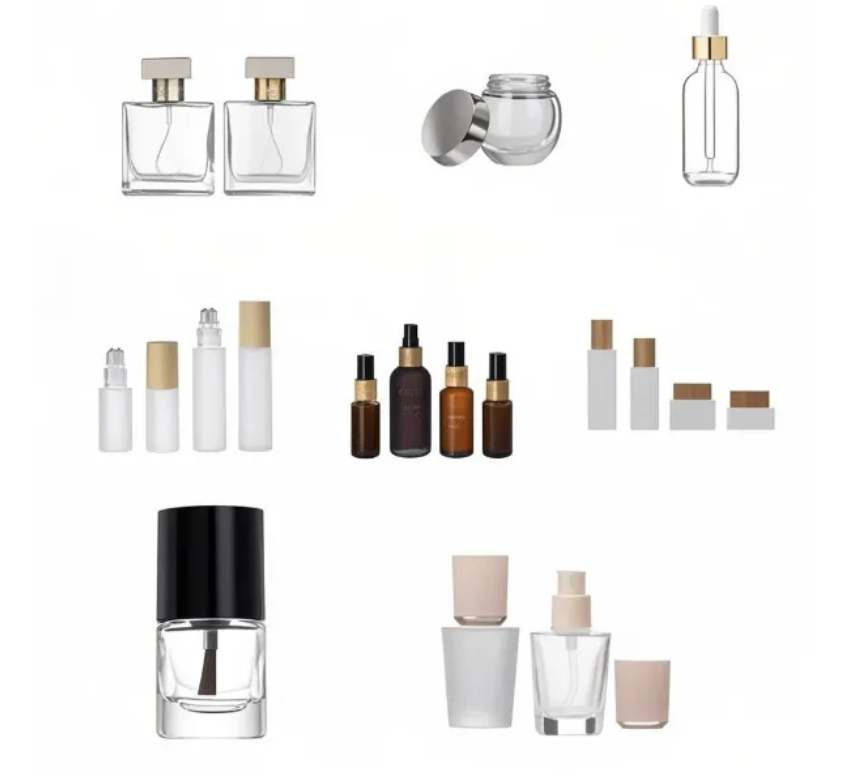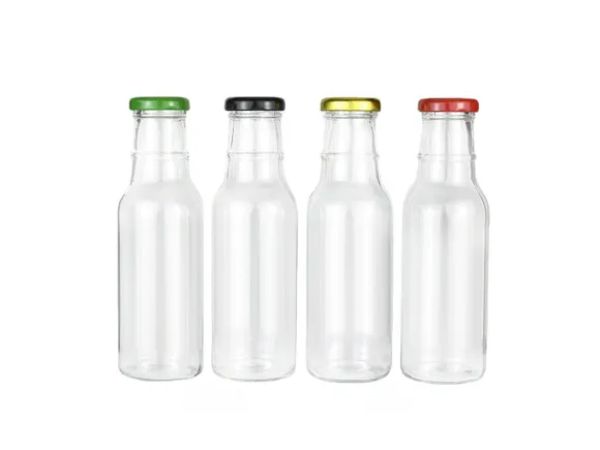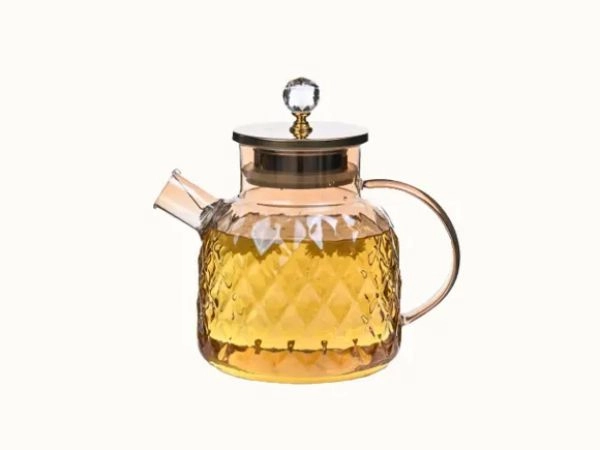Looking to craft a signature scent that’s soft, sweet, and irresistible? Sweet-smelling essential oil blends can be romantic, uplifting, or comforting—but the right combination is key.
A sweet scent blend can be made by combining floral oils (like ylang ylang or geranium), citrus oils (like sweet orange), and soft base notes (like vanilla or benzoin). Balance top, middle, and base notes for a smooth, long-lasting aroma.
Let’s dive into which essential oils give off sweet scents, how to blend them, and how to follow the 30/50/20 rule for a well-structured, balanced fragrance—whether for personal use or product development.
What essential oils make a sweet scent?
Start with nature’s most sugary-smelling botanicals.
Sweet-smelling essential oils include ylang ylang, sweet orange, vanilla, jasmine, benzoin, and geranium—each offering floral, fruity, or creamy notes perfect for building comforting or romantic blends.
These oils evoke emotions and moods: happiness, love, warmth, or nostalgia. The key to creating a sweet scent lies in combining multiple dimensions of sweetness—floral, fruity, and gourmand.
Sweet-Scented Oils & Their Vibe:
| Essential Oil | Scent Profile | Note Type |
|---|---|---|
| Ylang Ylang | Floral, exotic, sugary | Middle Note |
| Vanilla (CO₂) | Warm, creamy, dessert-like | Base Note |
| Sweet Orange | Fruity, juicy, bright | Top Note |
| Geranium | Rosy, fresh, green-sweet | Middle Note |
| Benzoin | Rich, caramel-like | Base Note |
| Jasmine | Intensely floral, sensual | Heart/Base Note |
These oils can be used individually or in blends to create tailored scent experiences. At PauPack, we supply brands and DIY users with dropper bottles and precision reducer caps that make blending intuitive and waste-free—perfect for testing and scaling.
How to make a sweet smelling perfume with essential oils?
Layer like a perfumer.
To make a sweet perfume with essential oils, combine 20–30% essential oils with 70–80% alcohol or carrier oil. Use sweet top, middle, and base notes to build depth and longevity.
DIY Sweet Perfume Formula (10ml Roll-On):
-
Top Note: 3 drops Sweet Orange
-
Middle Note: 4 drops Ylang Ylang or Geranium
-
Base Note: 3 drops Vanilla or Benzoin
-
Carrier Oil: Jojoba or fractionated coconut oil to top off
Optional (Alcohol Version):
-
Use 95% ethanol instead of carrier oil
-
Let the blend “mature” for 2–4 weeks in a dark place for best scent bonding
Sweet scents often bloom best over time, especially when layered with warmth and light florals. A roll-on bottle is ideal for body applications, while atomizer sprays are better for room or linen use.
PauPack’s roll-on bottles feature glass rollers and airtight seals, helping preserve volatile compounds and keep your formula clean, stable, and easy to apply. We also offer frosted or amber finishes for UV protection and premium appeal.
What is the 30/50/20 rule for essential oils?
This blending ratio helps balance your scent.
The 30/50/20 rule is a guide for creating harmonious essential oil blends: 30% top notes, 50% middle notes, and 20% base notes.
Why This Matters for Sweet Blends:
-
Top Notes: The first scent you smell—light and uplifting (sweet orange, bergamot)
-
Middle Notes: The heart of the fragrance—floral and lasting (geranium, ylang ylang)
-
Base Notes: The foundation—deep and long-lasting (vanilla, benzoin, Peru balsam)
This ratio ensures that your fragrance develops smoothly, wears well on skin, and lasts through the day without being too sharp or too flat.
| Note Type | Role in Blend | Sweet Note Examples |
|---|---|---|
| Top (30%) | First impression, fades fast | Sweet Orange, Lemon, Neroli |
| Middle (50%) | Body of the scent | Ylang Ylang, Geranium, Jasmine |
| Base (20%) | Anchors and extends scent | Vanilla, Benzoin, Sandalwood |
At PauPack, we guide private-label brands and aromatherapy formulators on how to structure and scale scent profiles using principles like 30/50/20—combined with precise bottle sizing and droplet control.
What essential oils smell the best together?
Some oils were simply made to mix.
The best-smelling essential oil combos pair sweet florals with creamy bases or citrus top notes. Think ylang ylang + vanilla, orange + jasmine, or lavender + benzoin.
Sweet Blend Ideas:
| Blend Name | Oils |
|---|---|
| Citrus Cream | Sweet Orange + Vanilla + Neroli |
| Floral Sugar | Ylang Ylang + Jasmine + Benzoin |
| Rose Candy | Geranium + Lavender + Peru Balsam |
| Warm Hug | Cinnamon Leaf + Sweet Orange + Vanilla |
| Gentle Dream | Roman Chamomile + Ylang Ylang + Vanilla CO₂ |
Each blend can be customized by adjusting the drop count per oil. Want more citrus sparkle? Add another drop of orange. Want more base? Amp up the vanilla.
PauPack’s essential oil bottles support this trial-and-error process with leakproof designs, measured pipette options, and custom packaging for finished products. Whether you’re crafting for yourself or launching a retail scent line, our packaging solutions protect both your blend and your brand.
How to store and preserve your sweet essential oil blends?
Sweet blends contain many delicate, volatile oils—especially top and middle notes. To keep them fresh:
-
Store in amber or cobalt glass to block light
-
Keep bottles tightly sealed to avoid oxidation
-
Avoid plastic for long-term storage, especially with citrus and floral oils
-
Label the blend with date and ingredients for batch tracking
At PauPack, we provide UV-protected bottles with reducer inserts, ideal for preserving both aroma and shelf life. For brands, we also offer custom labeling, logo printing, and tamper-evident caps to elevate the product’s professionalism.
Conclusion
To create a sweet scent with essential oils, combine citrus brightness, floral richness, and creamy base notes. Follow the 30/50/20 rule, experiment with drop ratios, and enjoy building blends that feel like pure comfort in a bottle. At PauPack, we offer the tools to bring your fragrance ideas to life—because the right scent deserves the right packaging.




